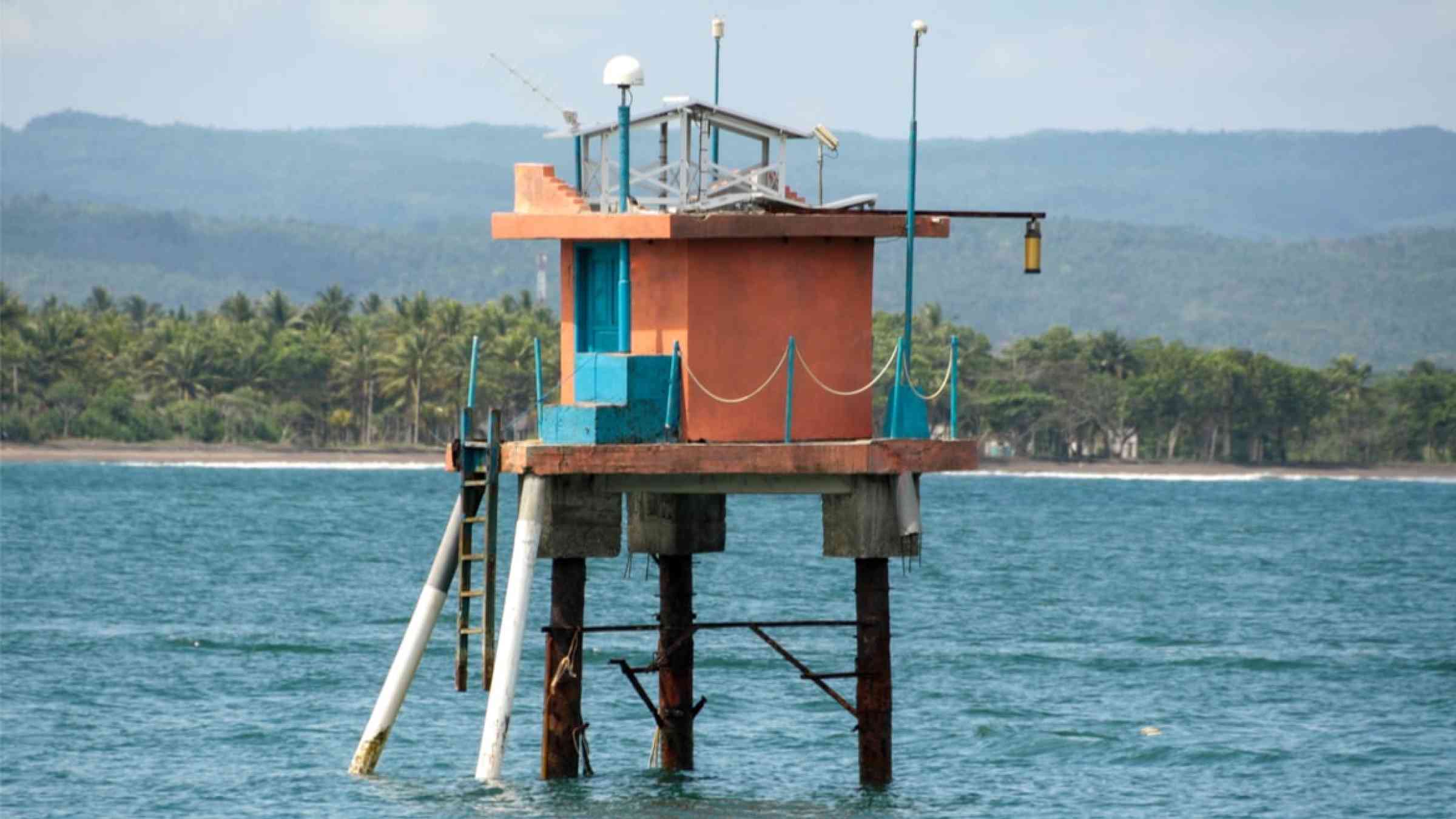Does your tsunami escape plan have these 3 things?

The best emergency plans need to be comprehensive yet simple. Including early warnings, safe areas, and escapes routes in your tsunami escape plan is essential.
Tsunamis typically travel 20 to 30 miles per hour with waves anywhere between 10 to 100 feet/meters high. The waves kill and injure, destroying and wiping out buildings and infrastructure as they penetrate inland and retreat. Caused by earthquakes, landslides, volcanic eruptions or even asteroids, there may be little warning before it arrives and crashes into the coastline. This all adds up to preparation and mitigation being key in tsunami-prone coastal regions.
Government, national and local authorities and communities at risk, can play a role by building up tsunami-resilient infrastructures. This can be anything from how the smallest house is built, right up to an airport. On a local level, businesses and institutions need to put plans in place. Nevertheless, the benefits of earlier preparation and mitigation also applies to individuals living in danger zones.
The best emergency plans need to be comprehensive yet simple. So, does your tsunami escape plan include these three critical points?
- Get early warning information/alert
- Identify a safe area
- Rehearse an escape route
1. Early warning
Systems to give people advance alert or warning of tsunami are being developed and upgraded all the time. On the receiving side,the availability of mobile technology is a particular boon? – people having access to technology and smart tools for example mobile phone. Mobile apps can also be a source of ongoing help and advice if a tsunami is anticipated or impacting the coast. But you need to have another backup information system in case such service goes down.
2. Safe areas
Ahead of any warning is issued or any tsunami you should know where you intend to evacuate or go in the event of a tsunami. Some buildings may be specially reinforced, with platforms providing relative safety. When a devastating tsunami hit Japan on 11 March 2011, in Sendai City almost all the schools were earthquake resilient. Teachers and children had been drilled what to do and where to go. The 320 students at the Arahama Elementary School, for example, survived by making their way to the school roof. Typically, areas of higher ground away from the coast are selected. But where such safe areas aren’t within reach, vertical evacuation is an option. These platforms, specifically for evacuation during a tsunami, have been built along coastlines of several countries, including Japan and Indonesia.
3. Escape routes
Knowing where to go is one thing, but you also need to plan and know how to get there. Unsurprisingly, the first thing is to get to an escape route as quickly as possible. At-risk communities often have maps with them on which residents - and visitors - can familiarise themselves with. In some areas, these routes are also marked with street signs. In the USA, for example, they show a wave and an arrow in the direction of higher ground. Knowing where to go in theory is one thing, but there’s nothing like practising the route . Schoolchildren in many affected regions do regular drills, teaching them exactly which routes to take if disaster strikes.
For this #TsunamiDay, @UN Secretary-General @antonioguterres calls for boosting international support to developing countries and improving detection and early warning systems. #OnlyTogether can we build resilience against all disasters. https://t.co/WOCUKdDScD pic.twitter.com/vTJRoJVXVd
— UNDRR (@UNDRR) November 3, 2021